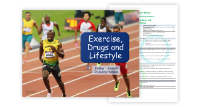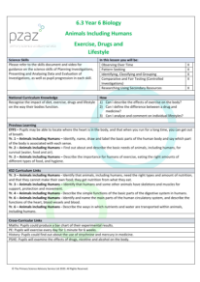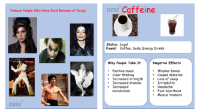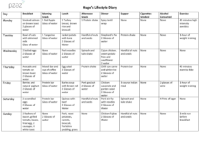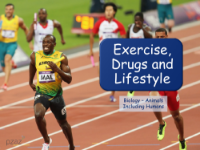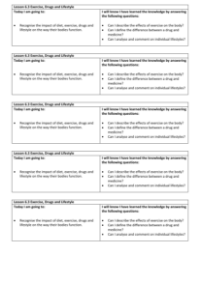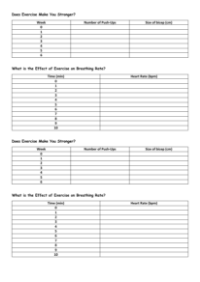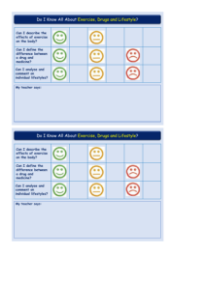Exercise, Drugs and Lifestyle - Teacher Explanation

Science Resource Description
Welcome to lesson 6.3, 'Exercise, Drugs and Lifestyle', a crucial component of the Year 6 unit on animals, including humans, as outlined in the National Curriculum. This lesson aims to educate pupils on how diet, exercise, drugs, and lifestyle choices affect the functioning of their bodies, emphasizing health and safety aspects. It's important to approach this lesson with sensitivity, as some pupils with respiratory or heart conditions may need to be excused from certain activities. The lesson offers cross-curricular opportunities, such as creating bar charts in maths to represent experimental results, exploring the historical use of substances like strychnine and mercury in PE, and discussing the impact of drugs on the body in PSHE.
Diving into the practical aspect, the lesson includes the 'push-up challenge', where students work in groups to track progress in strength and stamina over several weeks. They measure the number of push-ups performed and record bicep measurements, observing the body's adaptation to increased physical demands. Another experiment investigates the effect of exercise on breathing rate, where students measure the resting and active breathing rates to understand how the body's demand for oxygen changes with physical activity. Additionally, pupils will research the differences between cardiovascular and strength exercises, producing reports that may include training regimens. The lesson also addresses the topic of drugs and medicines, using cards to spark discussions about the positive and negative effects, while being mindful of the sensitivity required for such conversations. Finally, pupils critically evaluate the lifestyles of two individuals, discussing the merits and drawbacks of each, and considering how they might choose to live based on this analysis. Overall, this lesson aims to provide a comprehensive and thoughtful exploration of how various factors influence our health and well-being.

